DeWalt DWE575 User manual
Other DeWalt Saw manuals
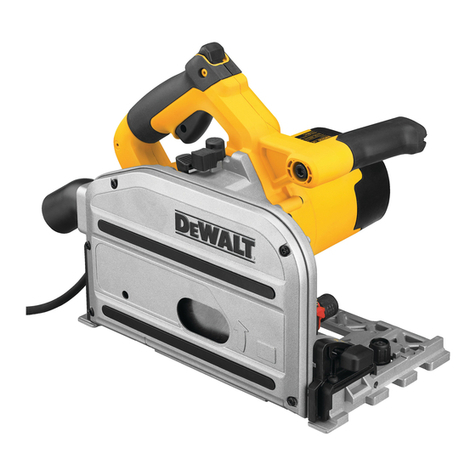
DeWalt
DeWalt DWS520 User manual

DeWalt
DeWalt DCS391 User manual
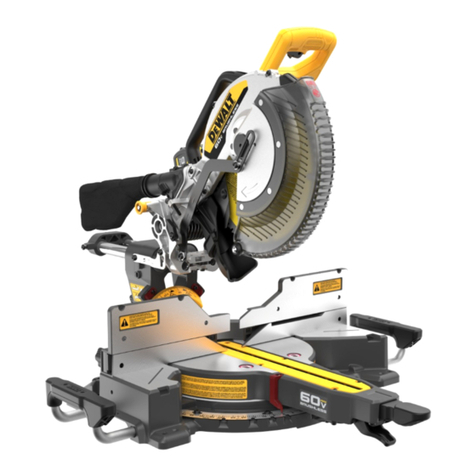
DeWalt
DeWalt DCS781 User manual
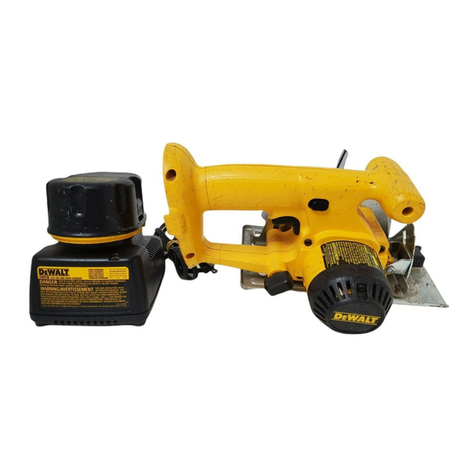
DeWalt
DeWalt DW935 User manual

DeWalt
DeWalt DW712 User manual
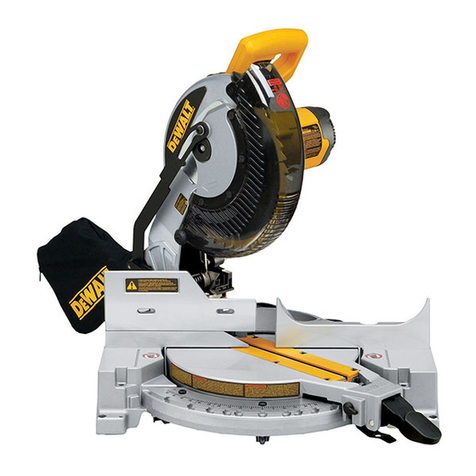
DeWalt
DeWalt DW702 User manual
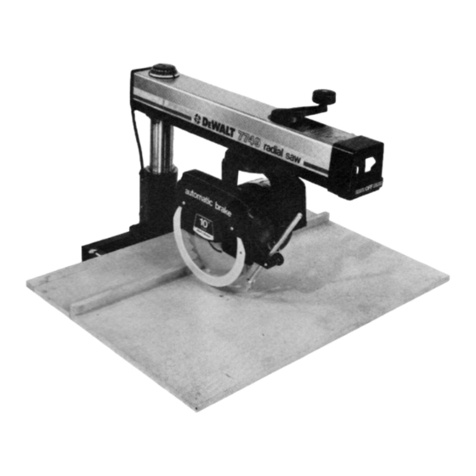
DeWalt
DeWalt 7739 User manual

DeWalt
DeWalt DW744 User manual
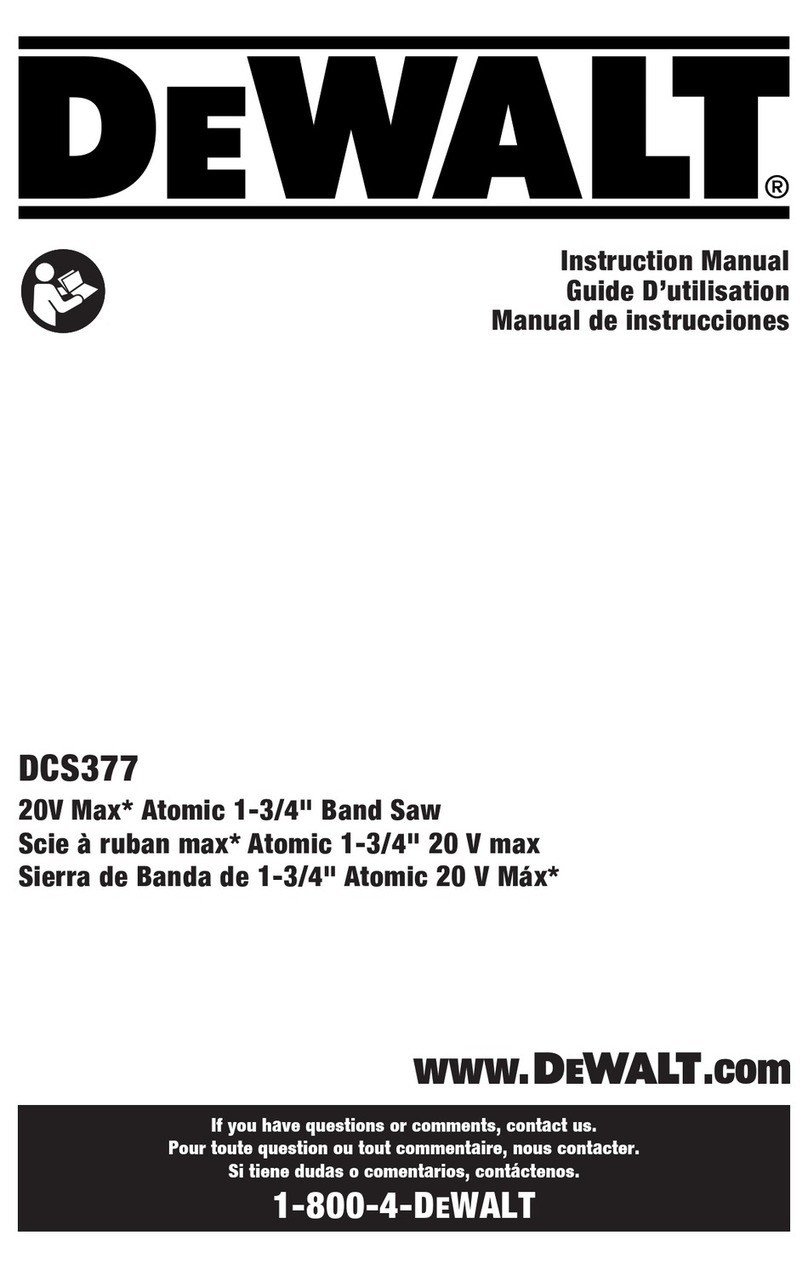
DeWalt
DeWalt DCS377E1 User manual
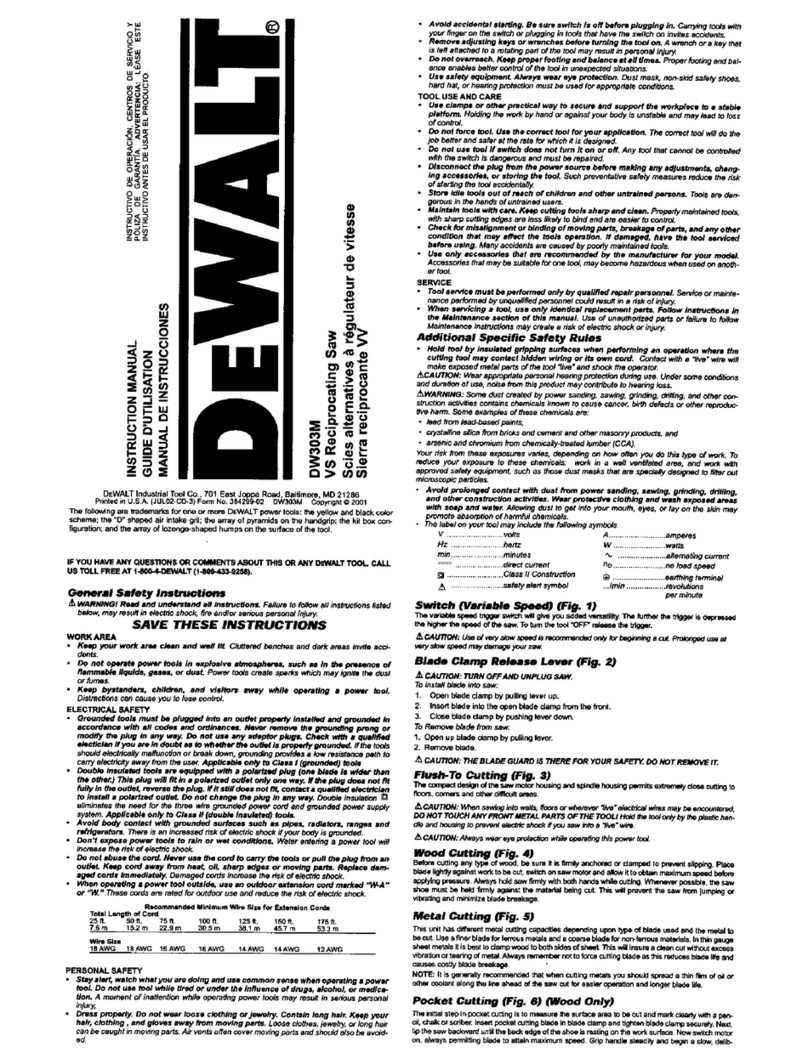
DeWalt
DeWalt DW303M User manual
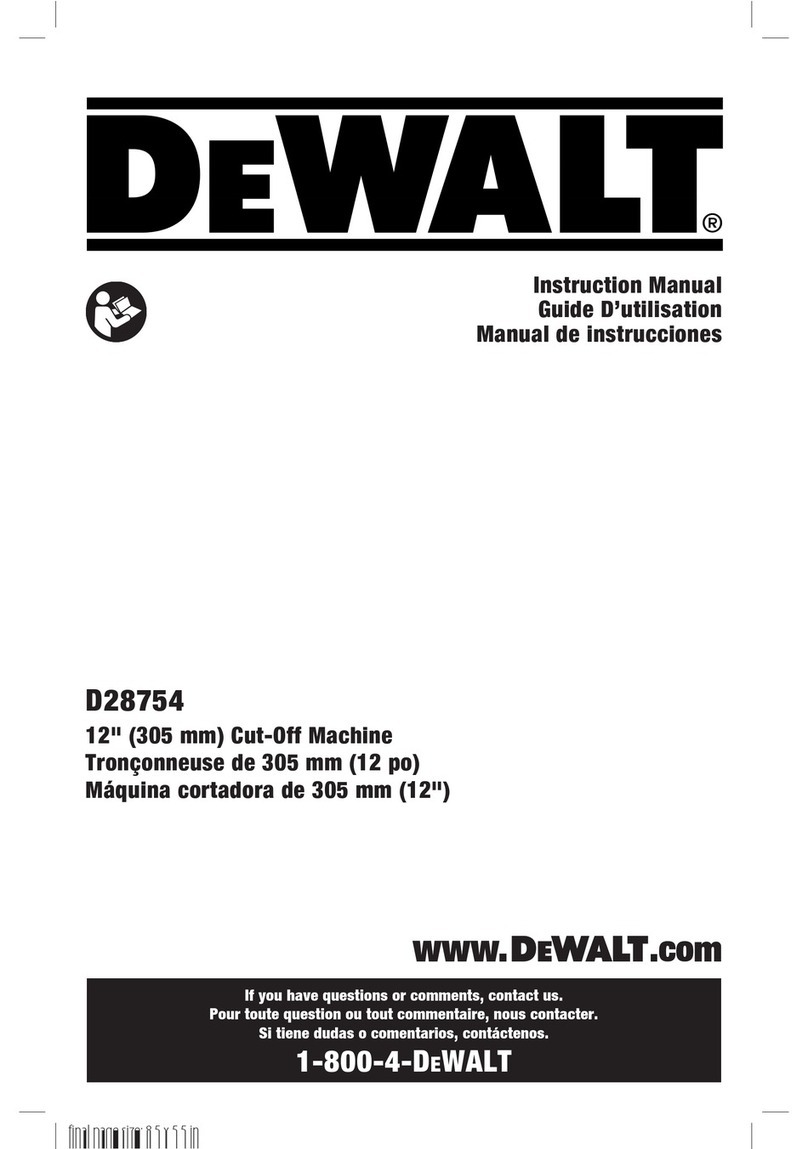
DeWalt
DeWalt D28754 User manual
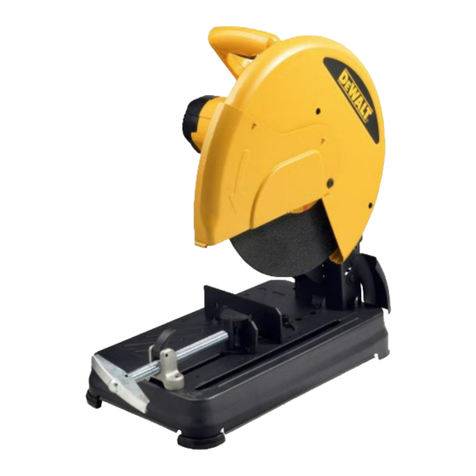
DeWalt
DeWalt D28700 User manual
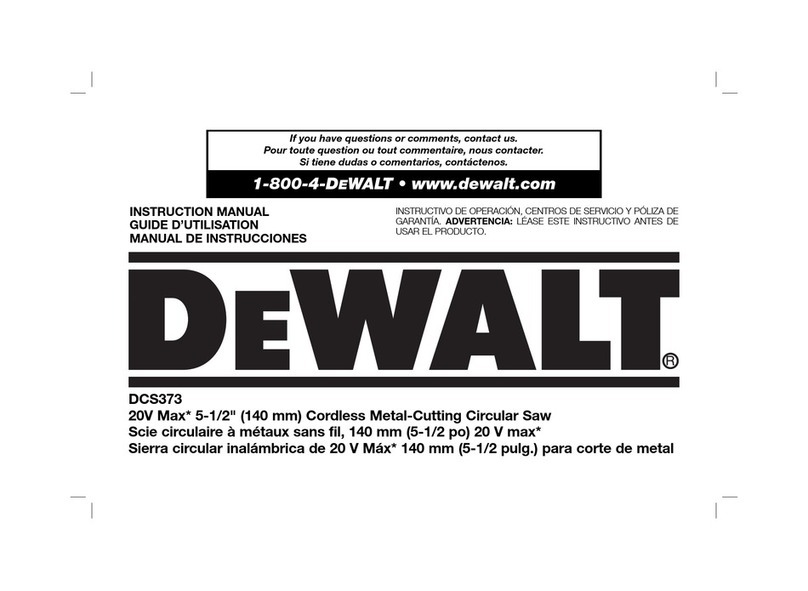
DeWalt
DeWalt DCS373 User manual
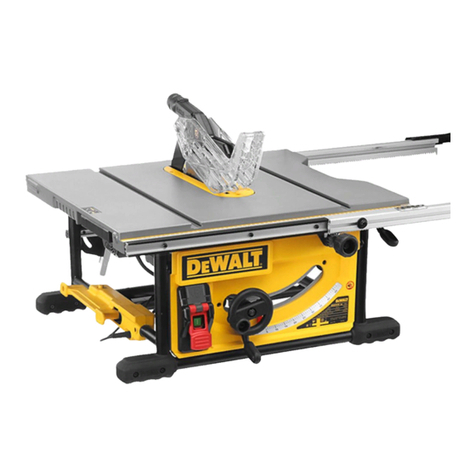
DeWalt
DeWalt DWE7492 User manual
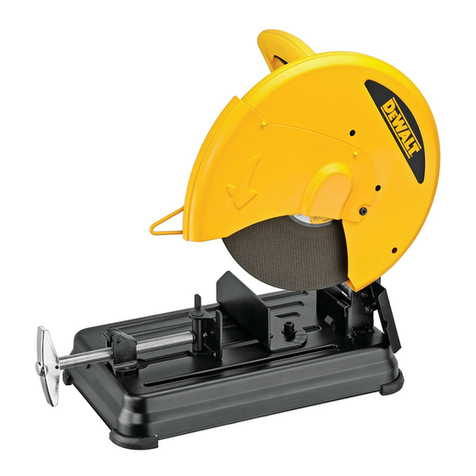
DeWalt
DeWalt D28730 Series User manual
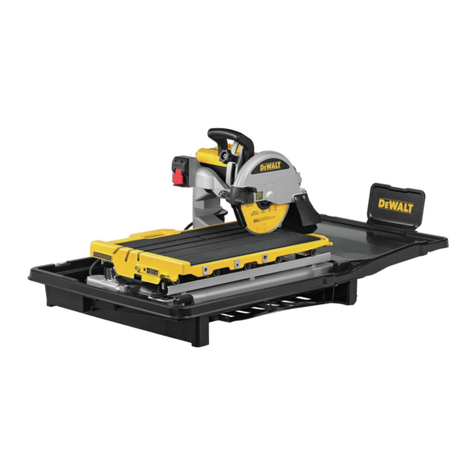
DeWalt
DeWalt D36000 User manual

DeWalt
DeWalt DW392 User manual
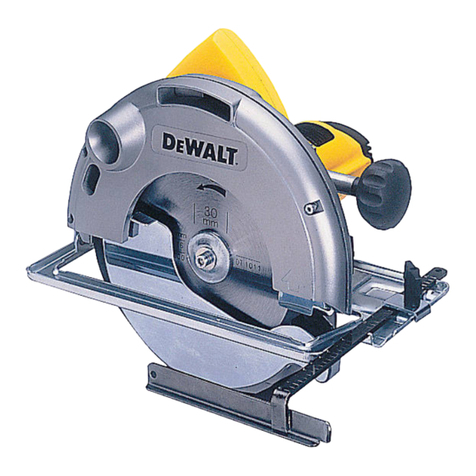
DeWalt
DeWalt DW62 User manual
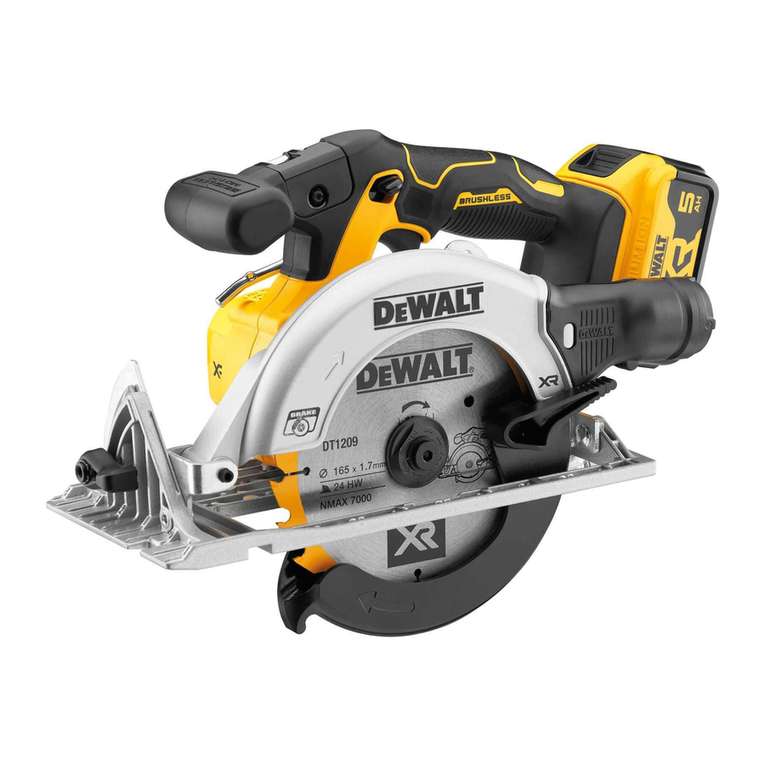
DeWalt
DeWalt DCS565 User manual
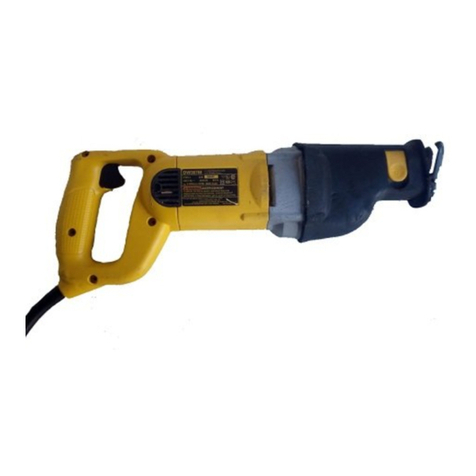
DeWalt
DeWalt DW307M, User manual































